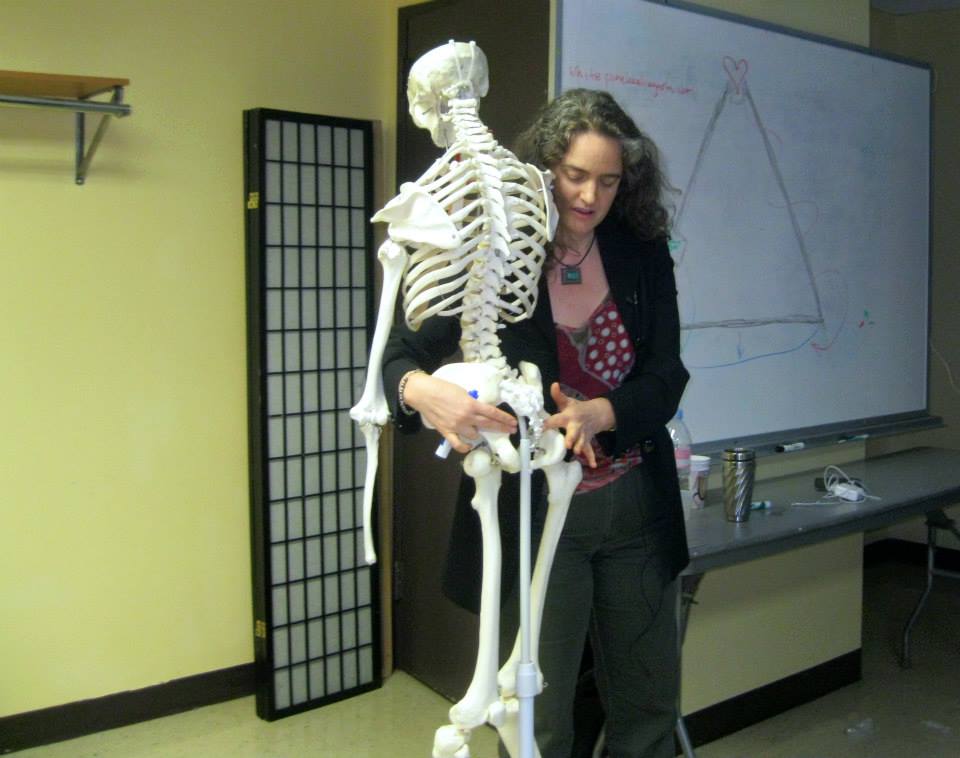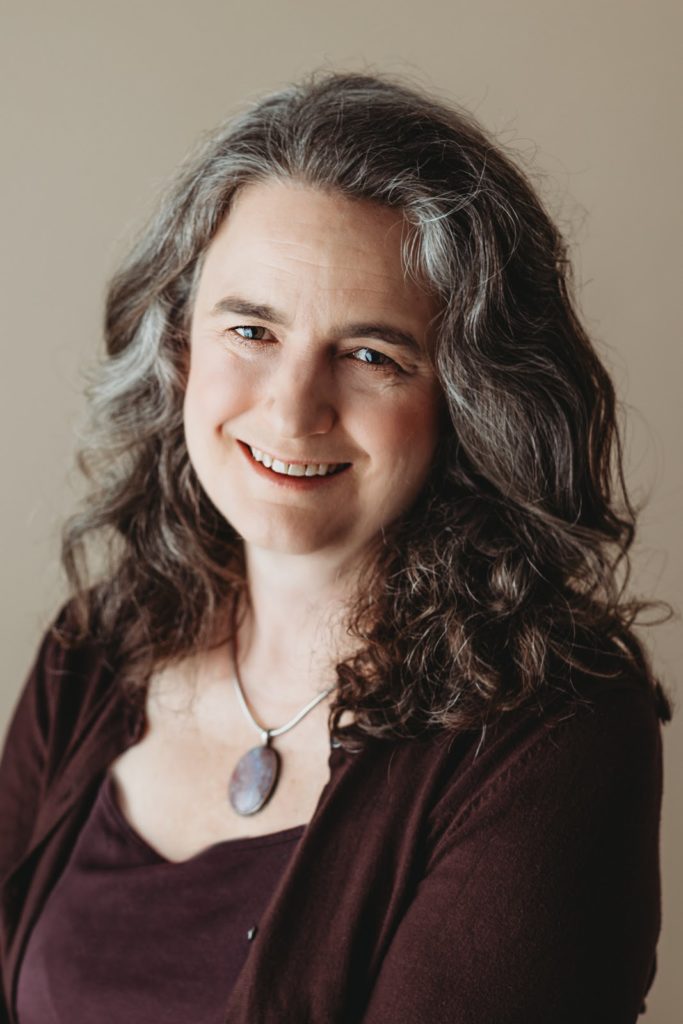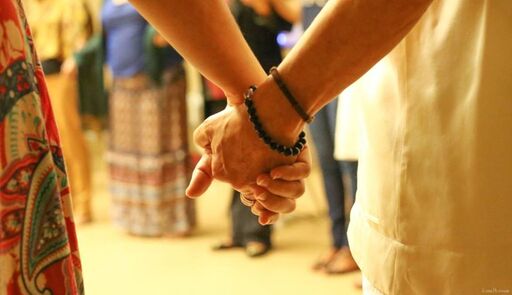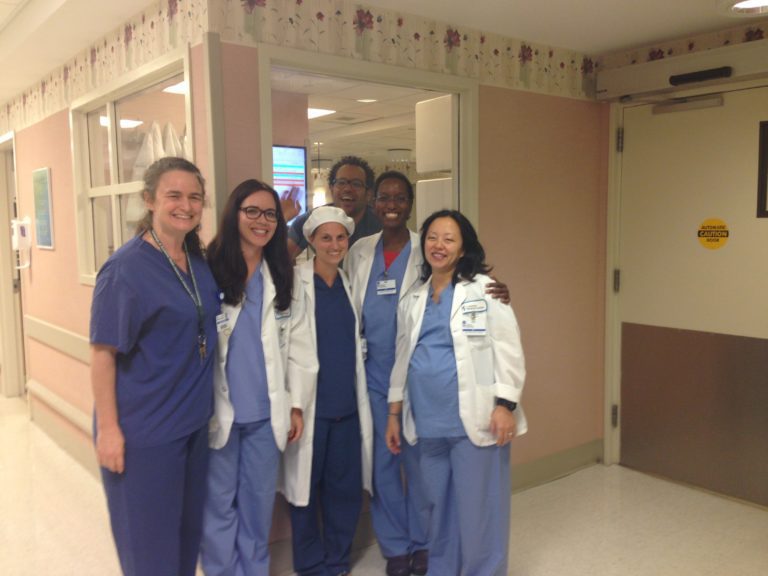by Claudia Citkovitz PhD LAc.
Why I wrote this book – a journey in three stages
Two years ago, at a conference in England, I was approached by a British publishing company to write a book about acupuncture for labor and delivery. I explained to them that what acupuncturists most need to learn about working in birth is not the needling per se, but how the principles of East Asian Medicine work in birth. Yang activity governs contractions, and can be nourished by warmth as well as rhythmic movement. Yin stillness is paradoxically the ‘active ingredient’ of birth, as it governs relaxation, dilatation, and acceptance of the process however it unfolds. Over long years teaching acupuncturists and students at a busy L&D unit in New York, and listening carefully to other birth professionals such as Debra, I have come to rely on needles less and less. Instead I focus mainly on understanding what is happening in birth from the perspective of Yin or Yang abundance or deficiency, and the free or obstructed flow of Qi. From that understanding, I teach a mixture of approaches for helping out before, during and after birth, using Chinese home care methods such as foot soaks, exercises and simple dietary modifications, as well as acupressure and Chinese bodywork (Tuina). Few acupuncturists are allowed to needle in hospitals, but most of them have friends, family and beloved patients who can benefit from their insight and touch throughout the birth journey. I therefore proposed to the publisher that the book should be a resource of primarily non-needling approaches for acupuncturists, and they agreed.
Once I sat down to plan the chapters, however, my intention shifted. As I carefully mapped out the connections between Qi flow in the body and the events of birth, it occurred to me that there was no reason that map couldn’t be read in the opposite direction – from a Western to an Eastern understanding of birth. Indeed, it has always been my experience that when I sit down with midwives and doulas, the general types of Yin and Yang accumulation and deficiency I described were immediately recognizable to them as specific patients and birth experiences they had had. It was a very easy decision to make this a guide for ‘acupuncturists and birth professionals’., and it seemed pretty easy to implement as well. Chapter 2 is an introduction to the principles of East Asian medicine, and can be skipped by acupuncturists; Chapter 3 provides background on birth, and can be skipped by experienced birth professionals.
A final transition in purpose came during the editing process. Chapter 5 introduces a basic set of methods for supporting comfort and progress, but somehow I just couldn’t get it right about what needed how much explanation and in what order – I probably wrote six drafts, with help from several friends and colleagues. A final ‘aha’ moment came when one of them remarked that, between acupuncturists who don’t know birth, and birth professionals who don’t know East Asian medicine, I really had to approach Chapter 5 as though it was the reader’s first experience with both. In which case – why shouldn’t expectant parents read it?
Now, I had always wished to write a book for expectant parents, sharing the powerful insights of East Asian medicine and its simple forms of ‘lifestyle medicine’ that we can all practice. But I had been advised that this was not that book, and that a book for mainstream readers is an entirely different animal, with much less detail and more emphasis on clarity and repetition.
What do to? After much pondering and labyrinth-walking (I am fortunate to live right down the road from a spiritual retreat center) I decided that the whole book had to be a spiral, from the center out. In this way, people could read to their level of interest, expertise, and free time. Chapter 1 jumps right in with a few favorite techniques that I hope even busy OB’s will have time to read and apply. After the background material in Chapters 2 and 3, Chapter 4 provides ‘snapshots’ of common birth experiences associated with deficiency and obstructed flow of Yin, Yang, Qi and Blood. Each section introduces a few comfort measures that are most useful for that type, along with ‘home care packages’ for labor preparation and postpartum care. Chapter 5 then starts with an introduction to labor support, suitable for parents or birth-newbie acupuncturists: after getting comfortable with a ‘core four’ comfort measures, they progress to a basic repertoire of 21 approaches for various situations. Chapter 6 provides more specialist knowledge for seasoned professionals with or without needles, such as relaxation tips for the sacrotuberous and sacrospinous ligaments, and deep needling techniques. Chapter 7 then provides a guide to differential analysis of Qi flow in relation to labor progress. East Asian medical analysis is not Western diagnosis; rather, it is a systematic way of organizing one’s thoughts when progress is not smooth. What is Mom experiencing now, where is she in her labor journey, what are the typical challenges at that stage, and what combinations of touch, warmth, movement or stillness be more or less likely to be helpful, given who she is emotionally and physically?
It is my hope that with this structure the book can provide readers at all experience levels with a basis of usable material for right now, as well as room to grow. I made summary tables and bullet points at the end of each chapter, and even talked the publishing company into making index tabs for them that show when you bend the book.
All of this is new to me, however, and I would greatly value any input from birth colleagues as to whether the book was helpful for them and their clients. I would also greatly appreciate constructive criticism as to what could be better, as I am already making notes for a second edition! I can be reached through my website, Citkovitz.com, and on Facebook as Claudia Citkovitz PhD LAc.


About Claudia
Claudia Citkovitz, PhD, MS, LAc., is a Research Assistant Professor at NYU Medical School. She has led the Acupuncture Service at NYU Langone Hospital – Brooklyn since 2004, supervising 8 acupuncturists who provide inpatient care and clinical instruction in Labor and Delivery, Neurological and Orthopedic Rehabilitation and pain management. Dr. Citkovitz studied Chinese language in Beijing and acupuncture and herbal medicine New York. An internationally known lecturer, she is adjunct faculty at the New England School of Acupuncture. Her PhD study on acupuncture during acute stroke rehabilitation was the first in the U.S., as was her 2006 study of acupuncture during Labor and Delivery. Dr. Citkovitz is a frequent peer reviewer for numerous journals, an Editorial Board member of the Journal of Alternative and Complementary Medicine and Journal of the American Society of Acupuncturestsi; she is also a Commissioner of the Accreditation Commission for Acupuncture and Oriental Medicine. Her book, Acupressure and Acupuncture during Birth, will be published by the well-known Chinese medicine publisher Singing Dragon in December 2019.
All of this is new to me, however, and I would greatly value any input from birth colleagues as to whether the book was helpful for them and their clients. I would also greatly appreciate constructive criticism as to what could be better, as I am already making notes for a second edition! I can be reached through my website, Citkovitz.com, and on Facebook as Claudia Citkovitz PhD LAc.
Join Claudia and Debra for a retreat!
Yin Birth: Relaxing into Labor Working with Acupressure, Rebozo, Awareness, and Pleasure to Support Labor Initiation and Progress
OCTOBER 2-5, 2020, SHUTESBURY, MA

EXPERIENTIAL RETREAT
In birth, contractions are governed by Yang, while dilation is a function of Yin. Today’s Yang-predominant society tends to regard labor initiation and progress as a function of contractions doing their job, focusing on the tip of the iceberg. However the deeper ‘active ingredients’ of labor are the soft tissue’s willingness to propagate and respond to the wave forms, and Baby’s freedom of movement down through the pelvis.
During this experiential retreat, we will explore a wide variety of Yin approaches for labor encouragement and progress. We will also nourish the capacity for relaxed, pleasurable presence in our own bodies, through meditation, yoga, and ritual, as well as practicing bodywork and rebozo work on each other.



